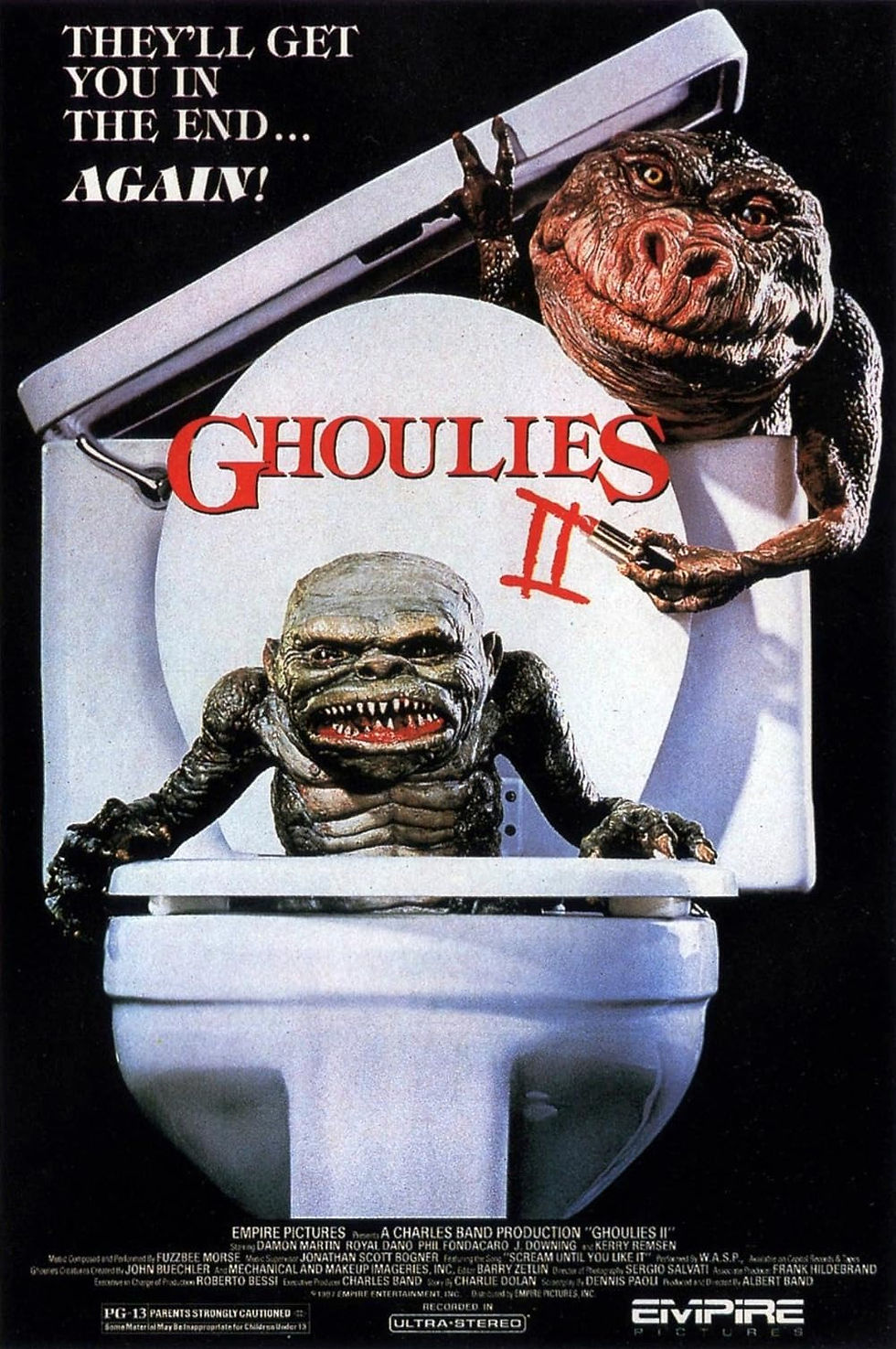Lucio Fulci: The Godfather of Gore and Master of Italian Horror Excess
- Allan Major

- May 16, 2024
- 2 min read

Lucio Fulci wasn't simply a filmmaker, he was a conjurer of nightmares made flesh. His films are blood-drenched fever dreams, where gore becomes a perverse form of poetry, where logic surrenders to a haunting atmosphere, and societal rot seeps from every frame. Once reviled by critics, his work has found a devoted cult following drawn to the visceral artistry and transgressive power of his visions.
King of the Cannibals: Zombie Films That Defined an Era
Fulci's most enduring legacy is his gruesomely iconic zombie films. "Zombi 2" (aka "Zombie Flesh Eaters") cemented his status with unforgettable scenes of mayhem: the infamous eye-gouging, the grotesque feast of rotting flesh, even the absurd spectacle of zombie versus shark. Yet, even amidst the splatter, films like "City of the Living Dead" and "The Beyond" carry a nightmarish weight, their rotting corpses and crumbling worlds signifying a deeper societal decay.

Beyond the Undead: Gothic Horrors and Giallo Sleaze
Lucio Fulci's repertoire transcended pure zombie horror. "The House by the Cemetery" is a masterpiece of atmospheric gothic dread, filled with creaking floorboards and spectral horrors lurking in the shadows. His forays into giallo, like "Don't Torture a Duckling" or "The New York Ripper", are disturbingly violent, brimming with a sleazy undercurrent and a fixation on brutal murders.
The Violence as Art: Splatter with a Surrealist Edge
Fulci's films reveled in extremes: eyeballs pierced, flesh torn, bodies mutilated with gruesome glee. Yet, his violence went beyond exploitation. The lingering close-ups on practical effects, the almost operatic absurdity of it all, transforms gore into a grotesque form of surrealist art.

Nightmare Weaver: Where Dreams and Logic Collide
Don't expect traditional storytelling from Fulci. His plots are disjointed, characters are paper-thin, and coherence is cast aside in favor of building a pervasive atmosphere of dread. His films exist in a place where nightmares bleed into reality, where visceral shocks outweigh narrative explanations, leaving viewers both disturbed and mesmerized.
From Exploitation to Appreciation: A Master of the Morbid
Though often censored and dismissed by critics in his lifetime, Fulci's work has found resurgence and appreciation in recent decades. Horror fans recognize the twisted artistry amidst the exploitation, the uncompromising vision that dared to push boundaries. Fulci was a cinematic extremist, a true original whose films dare us to confront the darkness, both within ourselves and the decaying world around us.







